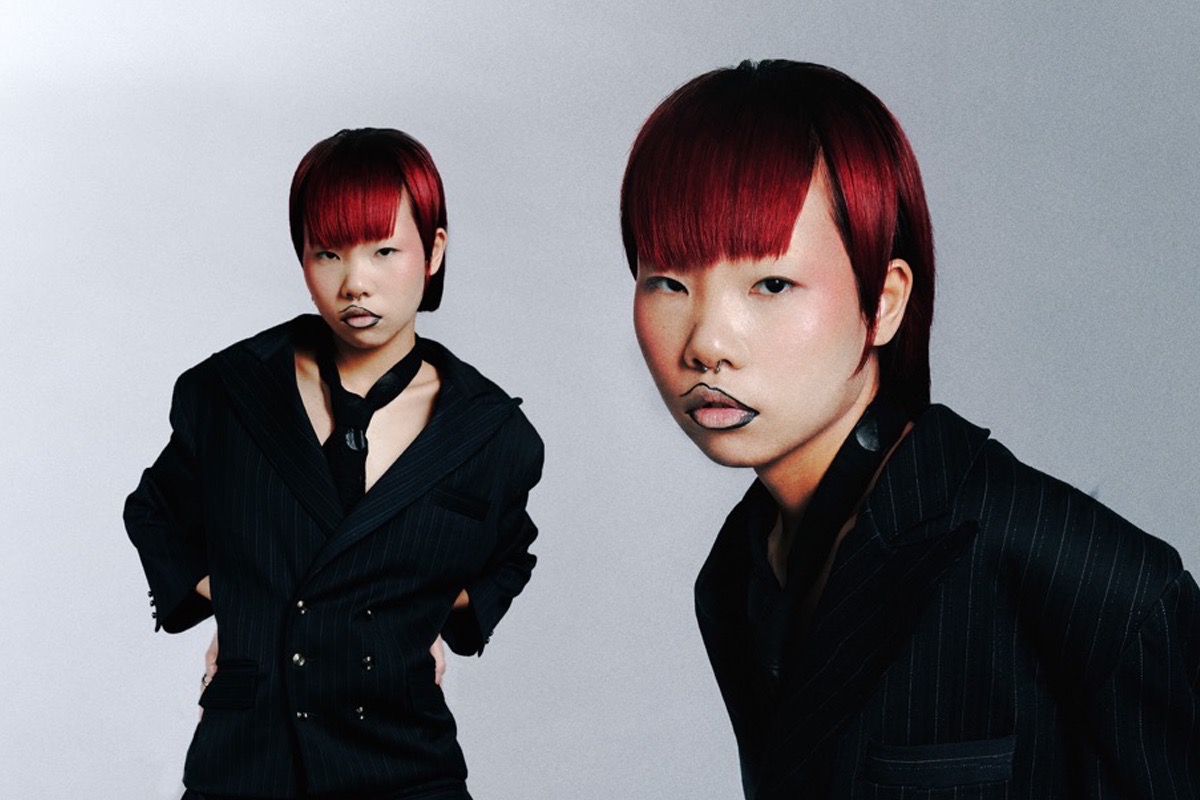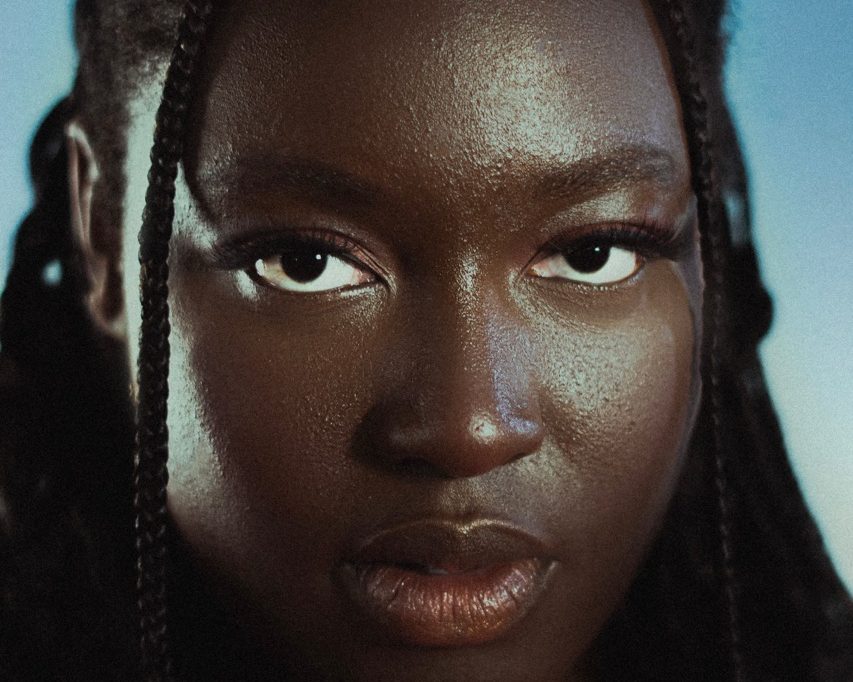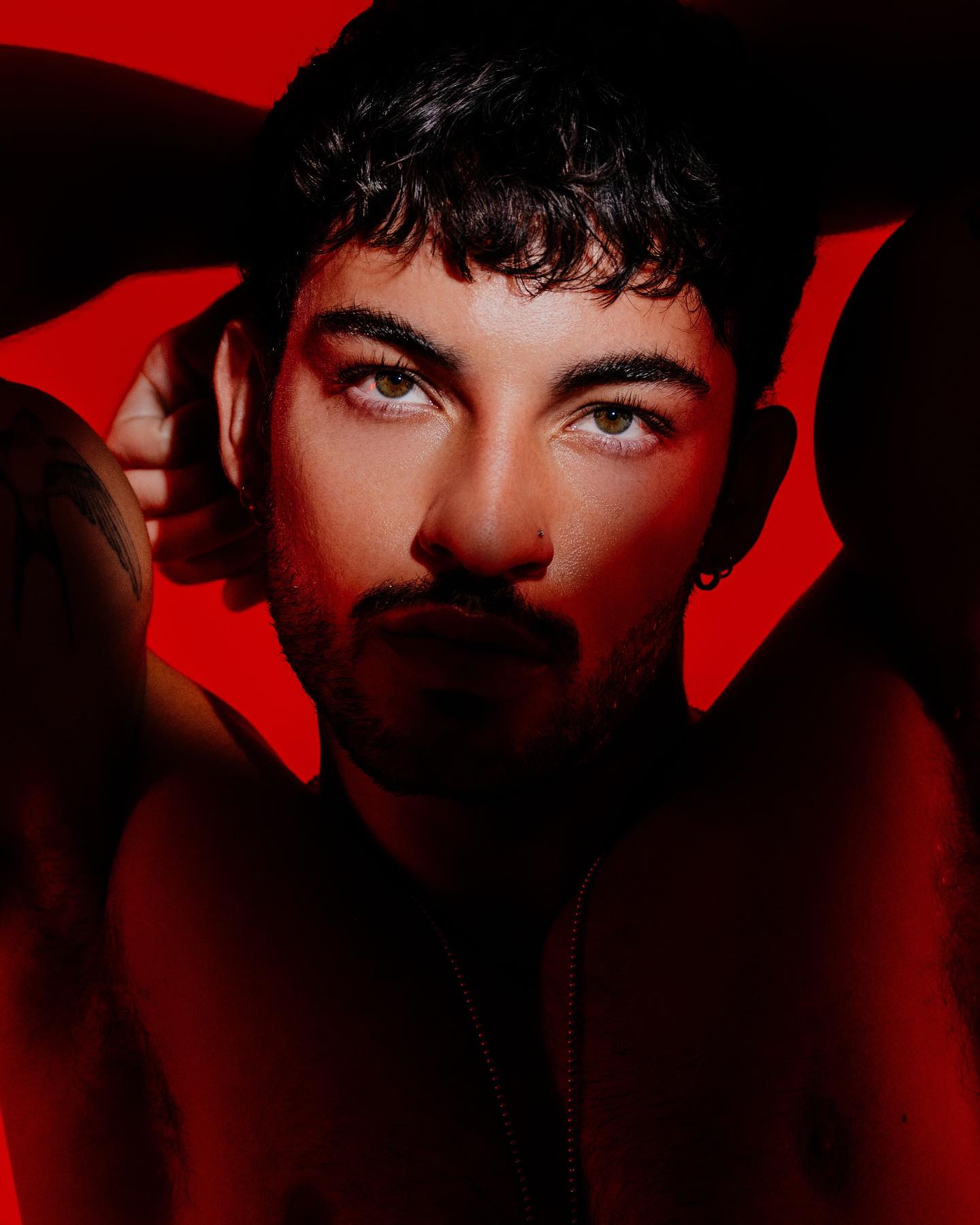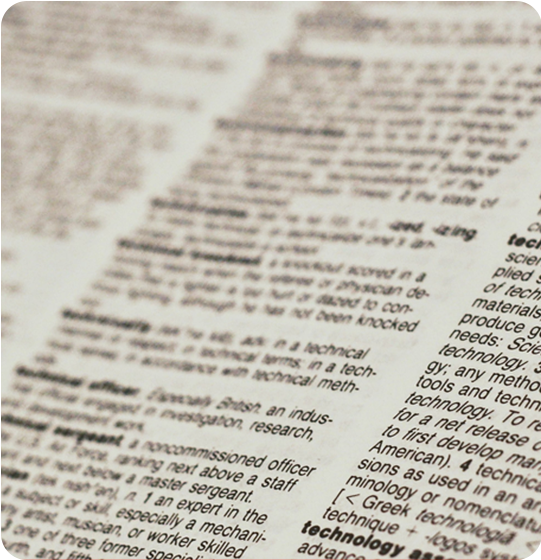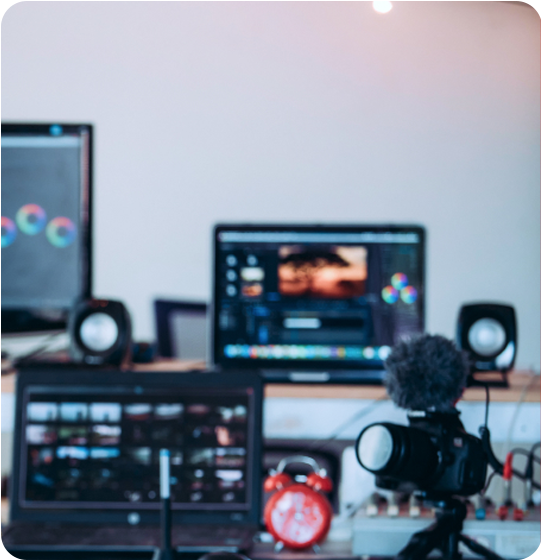AN INTRODUCTION
Welcome to the world of modelling! Whether you are a beginner or an experienced model, having a modelling dictionary at your fingertips is essential.
This comprehensive guide will provide you with all the terminology you need to know to navigate the industry like a pro. From runway poses to industry jargon, we’ve got you covered. With our modelling dictionary, you’ll be able to confidently understand and communicate with photographers, agents, and fellow models. Stay ahead of the game and unlock the secrets to success in the exciting world of modelling. Get ready to strut your stuff with confidence and make your mark in the industry. Let’s dive in and discover the fascinating language of modelling.
Words with an asterisk (*) are words of most common use in the industry and best to be aware of.
MODELLING TERMS
ADVANCE*
When a modelling agency covers the cost for things on your behalf such as for photoshoots, comp cards, model apartments, est. they are essentially “advancing” the model the money. The model is ultimately responsible for these costs, and the agency will deduct it from his/her earnings as they start booking jobs.
AGENT
A person who works at an agency and actively pursues work for the model and receives a commission for each booking he/she sets up. Generally, models don’t work directly with agents, they sign with modelling agencies and are managed by a booking agent who manages day-to-day communications.
BEAUTY SHOT
A headshot with excellent, clean makeup and a very simple hairstyle is labelled a beauty shot. It is a common image in a modelling portfolio and is also often used to showcase makeup looks, jewellery, and beauty products.
BOARD*
Modelling agencies usually have different categories of models, such as Runway, New Faces, Teens, Men, etc. Each of these groups will also have their own booking agents. This term originated from the shelves that display the represented model’s comp cards. Different parts of the wall represented the different categories (boards). If an agent says “we need to get you up on the board”, this is what they are referring to. Now in the digital age, most agencies don’t display shelves of comp cards, but will still sometimes refer to the web pages displaying models as “boards”.
BOOKER/BOOKING AGENT*
The person at a modelling agency who represents the agency’s models to clients. A booker’s responsibilities include communicating with clients regarding which models will best suit their needs and then setting up appointments for the models. They also ensure a model has all the information they need about any upcoming castings or bookings.
BUYOUT
A one-time payment is issued to the model for use of his/her photographs for a specific time without making any additional payments to the model or agency. Many commercial clients will choose a buyout instead of paying residuals. This is always negotiated in advance and is generally a payment on top of the model’s fee.
CALL BACK
A second audition or meeting with the client. This is generally used to help the client to narrow down their choices by having the people they liked to come back to be seen again.
CALL SHEET*
The call sheet includes all the details about times, location, and how you should prepare for that particular booking. Preparation details may include what you should wear or what outfits you should bring to set, how you should prepare your face (arriving bare-faced or with light makeup), how you should do your hair, etc. The details outlined on the call sheet are not suggestions, they are terms of employment– follow them exactly. If you have any questions, call your booking agent immediately for clarification.
CALL TIME
The time that the model is expected to arrive and be ready to work. A good rule of thumb is to prepare your model bag the night before the job and arrive at least 15 minutes early.
CAMERA-READY*
A direction on a call sheet or brief means you are to arrive for the job with your hair and makeup done and ready to get in front of the camera with minor touch-ups. This tells the model that there will not be a makeup or hairstylist on set and that they are responsible for their own hair and makeup.
CAMPAIGN
Short for an advertising campaign, this generally refers to a series of print ads or TV commercials that will be done for the same advertiser.
CASTING
The process of selecting model(s) for the specific job. Clients will give a brief to the modelling agency describing what they are looking for in a model. The brief will detail specific physical features or skills that the job requires. The modelling agency will then make recommendations to the client based on their available roster of models. Clients are then given the option of making a selection based on the digital submissions or comp cards or scheduling a casting call so that they can meet the models in person before making a selection.
CASTING CALL
Essentially an in-person job interview for models. A closed casting call is one where the talent has been pre-selected by the agency or the client and invited to attend. An open casting call is one that is broadcast to numerous modelling agencies and/or the general public and are open to anyone who would like to attend.
CASTING DIRECTOR*
The person who represents the client (often a booking agent) to help find the best talent for the project.
CATWALK
The “stage” on which the model does their runway walk to showcase clothing during a fashion show. (Also See: Runway)
CHARGE-BACK*
If a model doesn’t show up for a booking, the client can charge their agency for the loss it incurred since the photographers, makeup artists, and stylists all still got paid for showing up to work. These charges can also be incurred if the model damages clothing or something on set. The amount can be large and the agency will charge them back to you.
CLASSIC MODEL
The term is often used to describe older models; generally 40 years and older.
CLIENT
The company that hires and pays the model is the client. Remember – modelling agencies don’t hire or pay models – clients do.
COLLECTION
A group of coordinated clothing looks from a fashion designer that is being shown or photographed.
COMMERCIAL PRINT
An advertisement appearing in print is a commercial print ad. Newspapers, magazines, brochures, posters, and billboards are all examples of commercial print advertising.
COMMISSION*
A commission is your agency’s fee for getting you to work and how the agency makes its money. Most agencies deduct 20% from whatever you earn. (See also: Booking Fee)
COMP CARD*
Essentially a business card for models, it displays the best images from a model’s portfolio. Printed on heavy card stock, comp cards are given to prospective clients by agencies and models. A comp card generally has the model’s headshot and name printed on the front and between 3 – 5 photos on the back along with the model’s ‘stats’ (height, measurements, agency contact info). Also known as a Composite, Sed Card, or Zed Card.
CREATIVE DIRECTOR
The person that oversees the overall creative direction of the project is called the creative director. This person is hired by the client and usually has final say over all decisions including the selection of the models.
DAY RATE*
The model’s pay rate for a full 8-hour day of work. This is the fee that the agency quotes and charges to the client before taking their 20% commission.
DIGITALS
A more modern term for “polaroids”. Polaroids were frequently used for castings and go-sees to take a photo of each model and then attach it to the model’s resume or comp card. Also, fashion modelling agencies would shoot Polaroids of new models at open calls or interviews. The term is still used today to represent the “natural look” snapshots taken with digital cameras for the same purposes. When digitals are requested, models should have on very little makeup and naturally styled hair. (Also See: Polaroids)
EDITORIAL
Images that are created to illustrate a story in a magazine are considered editorial in nature. Applied to modelling, this term refers to images that are more edgy and creative than commercial advertising images.
EXCLUSIVE*
1. A contract that requires a model works exclusively with one agency. Exclusivity agreements can be based upon time, geography, or discipline (modelling).
2. A contract that ensures a model will work only for a given client. Ex: a designer may sign a model exclusively so that he/she can only appear wearing their product.
3. A contract that prohibits a model from working for a competing product or designer for a specific period of time.
FIT MODELS
Models that a designer uses to size and measure their clothes before sending them to production. Fit models must fit the sample size preferred by the designer and must maintain very specific measurements. Body types for fit models vary based upon the designer and fit models do not have to be as photogenic as their print counterparts. Fit models are sometimes referred to as “House Models”.
FREELANCE MODEL
A model that works directly with clients without any agency representation.
MODELLING AGENCY
A company that represents models and finds them work. Modelling agencies operate under the same laws as traditional employment agencies and make their money by taking a commission from the work that they secure from the model and also by charging the client a booking fee.
MODEL RELEASE
A legal document that gives the photographer and/or client the rights to use the photographs taken during a shoot. The modelling release can be signed by the model, or by the agency. In many cases, when a model “signs with an agency” he/she authorises the agency to review and sign all releases on his/her behalf.
MOTHER AGENCY*
A modelling agency that signs a model to an exclusive contract and then markets the model to other modelling agencies, usually in larger markets or foreign markets. Traditionally, the Mother Agency is responsible for developing the model’s skills and providing ongoing career advice to the model, regardless of what market they wind up working in. Mother agents make their money by taking a small percentage – usually 5-10% – of the model’s earnings for the duration of the exclusive contract.
NEW FACES
A term that usually applies to a new model whose portfolio is still in development. The agency will begin sending the model to castings and go-sees, but will not promote them to the mainboard until their portfolio is complete and they have gained some experience.
NUDE MODEL
A model that is comfortable with the idea and willing to pose without clothes. Nude modelling can range from artistic fine art type images to glamour nude images similar to the old Playboy style nudes. Nude modelling can include erotic or sexually-oriented images, depending on a model’s comfort level.
POLAROID*
A type of camera that used a film that provided a finished photograph approximately 60 seconds after taking the photo. Polaroids were frequently used for castings and go-sees to take a photo of each model and then attach it to the model’s resume or comp card. Also, fashion modelling agencies would shoot Polaroids of new models at open calls or interviews. The term is still used today to represent the “natural look” snapshots taken with digital cameras for the same purposes. (Also See: Digitals)
PORTFOLIO*
A modelling portfolio is a collection of 10-20 photographs that show the model’s range and ability. These photographs are displayed on the agencies website and are submitted to clients to procure work for the model. Models should also take them to casting calls in case the client they are casting for wants to see their images.
RESIDUALS
Typically, this is a form of payment that is made to the model after the original usage rights have expired and the client decides to use the model’s image again.
SELF-TAPE
A video that many casting directors refer to when an audition is done through a digital casting rather than auditioning in person. The talent (model/actor) must record their audition video on their own and submit it to their agent or the client. It usually starts with saying your “slate” (see below for definition) followed by a couple of lines or other instructions they want you to act out. They may give a few lines to say or just want you to show your profiles (turn to the right, then back towards the front, and then to the left, so that the camera can see your whole face) and give a couple of different facial expressions without speaking.
SET
In a studio or on location, a set is a place where the photographs, film, or commercial are being shot.
TEST SHOOT*
A test shoot is a shoot that takes place because a photographer wants to “test out” a new piece of equipment. In this situation, no money would exchange hands between the photographer, model or agency. In recent years, test shoots have given way to TFP and Testing.
TFP (TEST FOR PRINT)*
A phrase that became popular on amateur modelling websites is when a model agrees to pose for a photographer in exchange for prints for their portfolio. This is an arrangement that is beneficial to both new models and new photographers who are looking to get more experience working and also build out their portfolios.
USAGE FEE/RATE*
Depending on the budget and scope of the job, models are sometimes paid for two different things. The first is their actual working time, which is covered by their “rate”. The second is a usage rate, which is a fee that covers the specific use of the images. That specific use could be the medium like print or packaging, or it could be the difference between regional and national usage and the ability to use the images for a certain length of time. Anything above and beyond the initial agreement means that the model would be paid more money for additional usage.
A REMINDER
Modelling is a career that involves the creation, presentation and distribution of visual images of people. The modelling industry is diverse and can be broken down into several categories – runway, print, digital, acting, film and TV, brand ambassadorship, etc.
As you know, there are thousands of people who work in this industry and it is important to know how to talk to them and what to expect from them. Modelling is not a completely black-and-white profession – it comes with a lot of grey areas. But overall, it is an extremely demanding field and the road to success is often filled with challenges.
That being said, it can be rewarding and very lucrative – we hope to help you navigate your way through this tricky industry.



